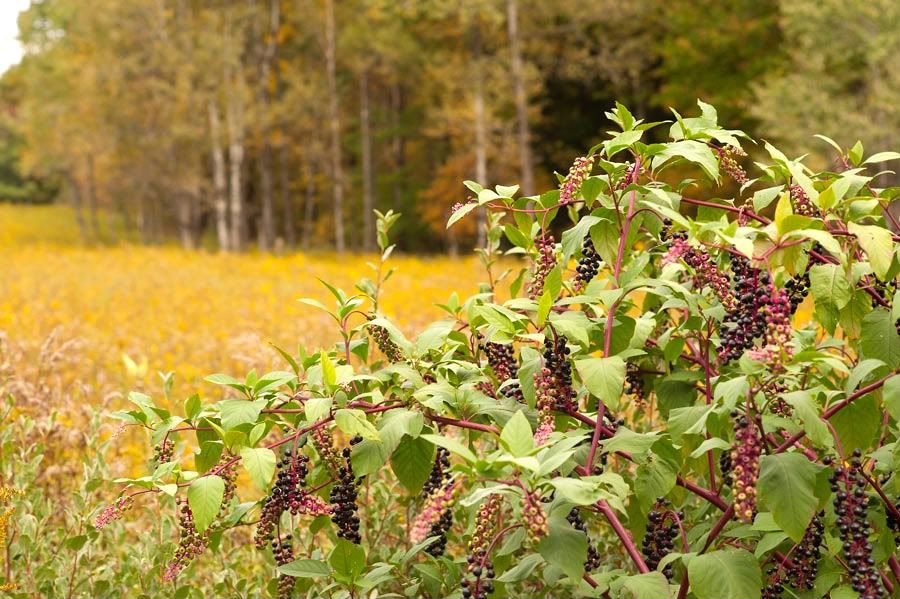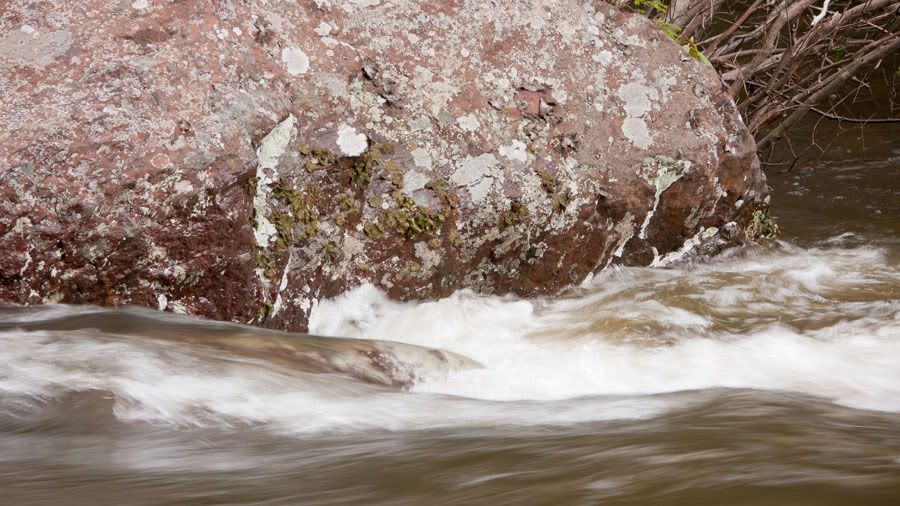
Rock and Flume (Panasonic GH1, Lumix 45-200 f4-5.6)
This year in the Appalachian highlands of Pennsylvania, spring
has been a long time coming.
In typical years, we get a taste of better weather starting in late
March. This year, the best the month offered was an occasional clear day, with temperatures perhaps in the 50’s (Fahrenheit), before the snow would fall once again.
I have written earlier that I have visited a spring pond in Nescopeck State Park, on one of these tepid afternoons where the peepers had tentatively begun to sing. This seemed hopeful.
It snowed the next day.
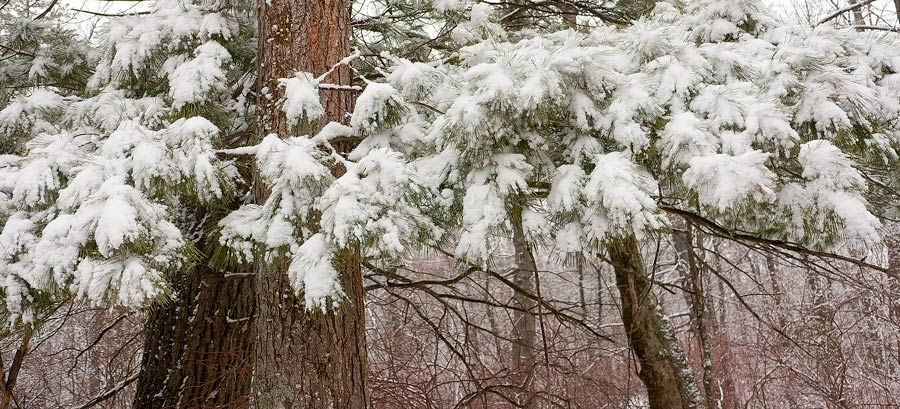
Late March Snow (Panasonic GH1, Lumix 14-45mm f3.5)
Common wisdom was “Well, March is always lousy…wait until April. April is when things get nice”.
Well April came, and so did the rain. It seemed to rain
constantly, and without the usual consolation of warmer temperatures. Streams
and then rivers flooded; the more volatile creeks flooded in multiple cycles, as storm
after storm drifted east from the much more turbulent weather in the south and Midwest.
I know…May flowers and all of that.
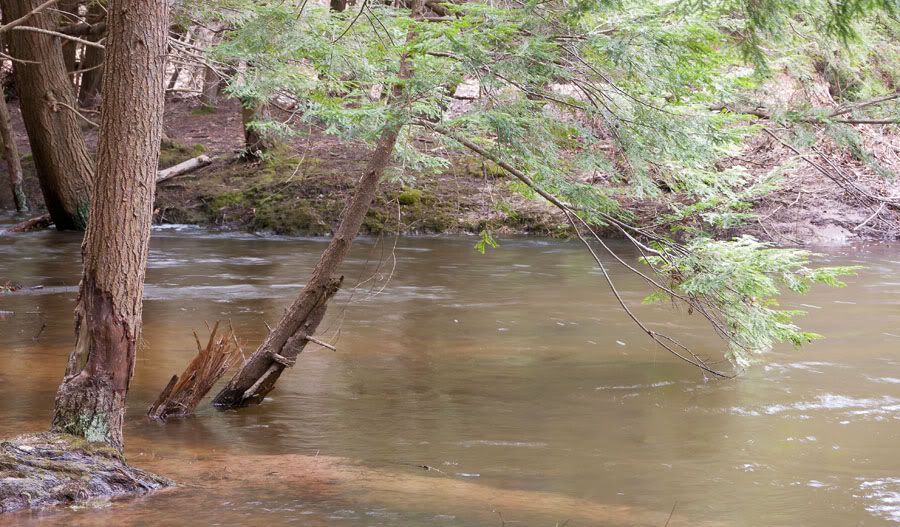
Spring Flooding ( Panasonic Lumix 45-200 f4.0-5.6)
Finally we at least, in mid to late April the grass started
to “green-up”. Wisps of foliage began to appear in the forest. The forsythia finally began to bloom very late in the month.
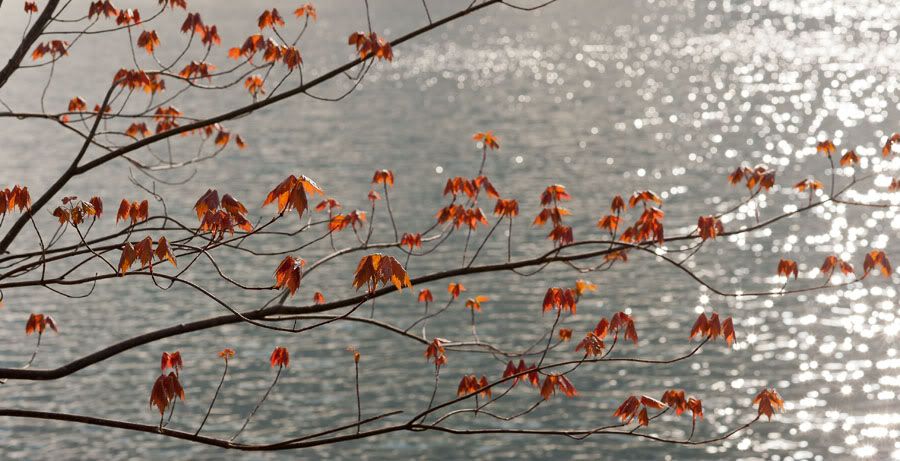
Early Maples (Nikon D 700, Nikkor 85mm f1.8)
The season however will not be denied. Nature can be delayed, but ultimately there is a cycle which will win out over the reluctant climate. By late April maple leaves began
to erupt from their winter buds.
The first male hummingbirds returned to my wife’s feeders, eating voraciously to
cope with the lingering cool conditions.
Finally now, in these middle days of May, there are consistent
high temps in the 60’s and low 70’s.
The pent-up vernal energy seems to have exploded. Over several
days the transition to spring has been accelerated. Dogwoods, fruit trees and Azaleas are in bloom.
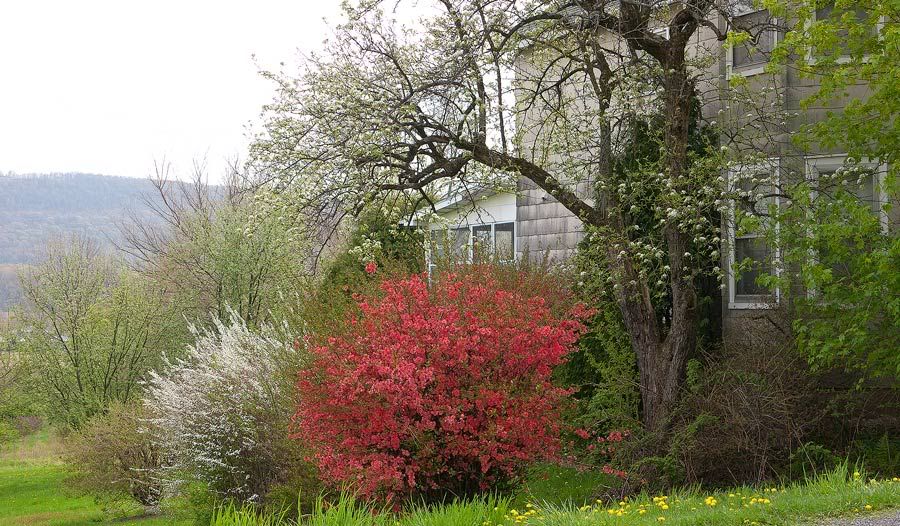
Spring Blooms, Butler Township (Panasonic GH1, Lumix 14-45mm F3.5)
Even the reluctant Oaks, the dominant species in the mountain forests, have begun to leaf out. Today we will finally cut our lawn for the first time.
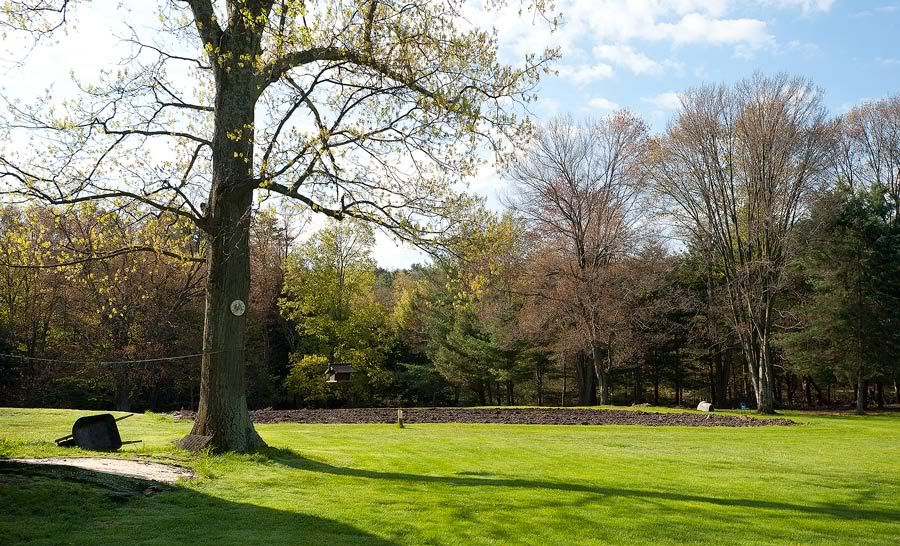
Tilled Gardeen in Dorrance (Nikon D-700, Nikkor 17-35mm f2.8)
The birthing of spring is always more difficult in the northeast Appalachians.
This year, it was breech.



